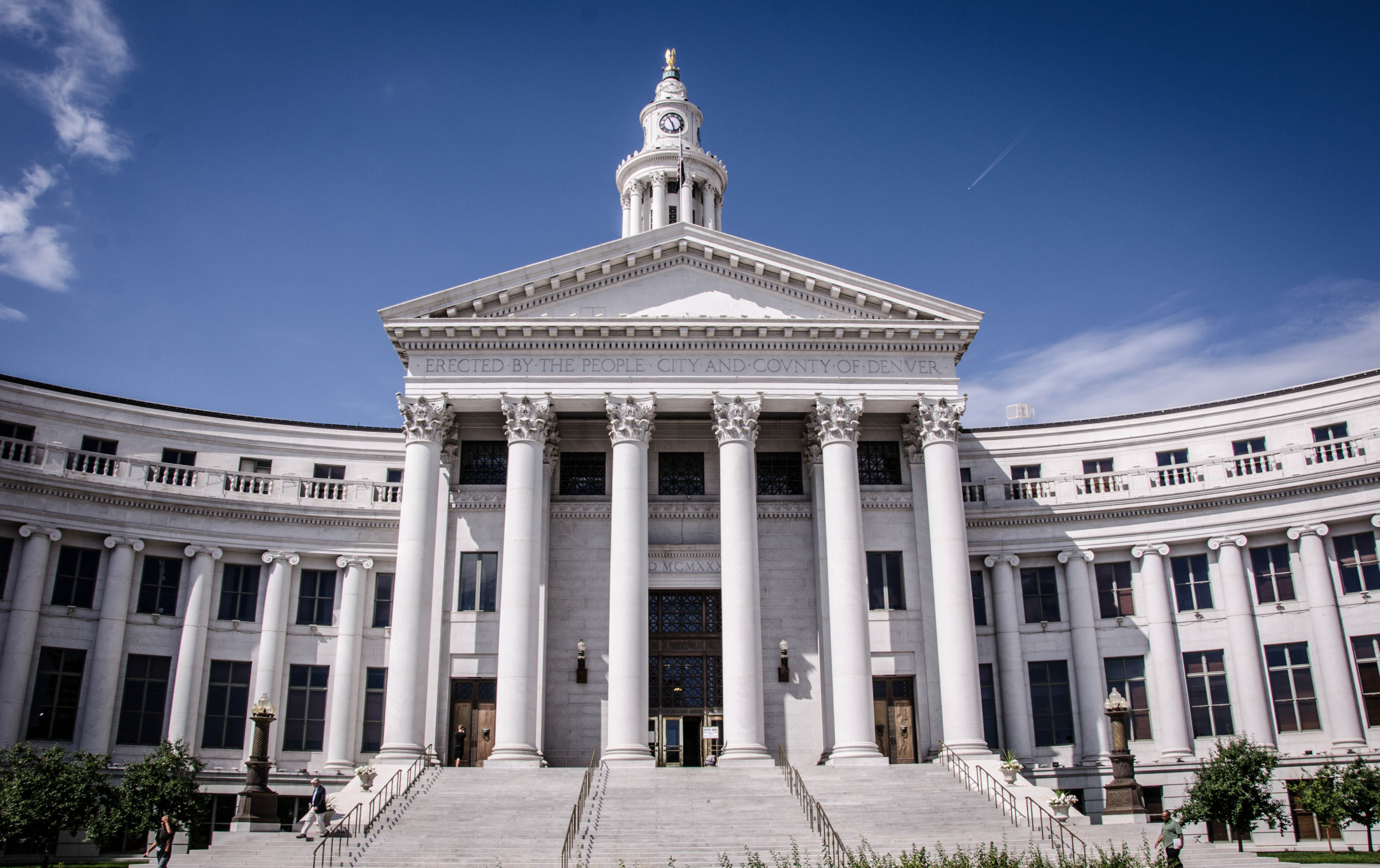
Recommendations for the Colorado Legislative Interim Committee on Ozone Air Quality
A letter to committee members exploring our ozone problem and working to identify solutions
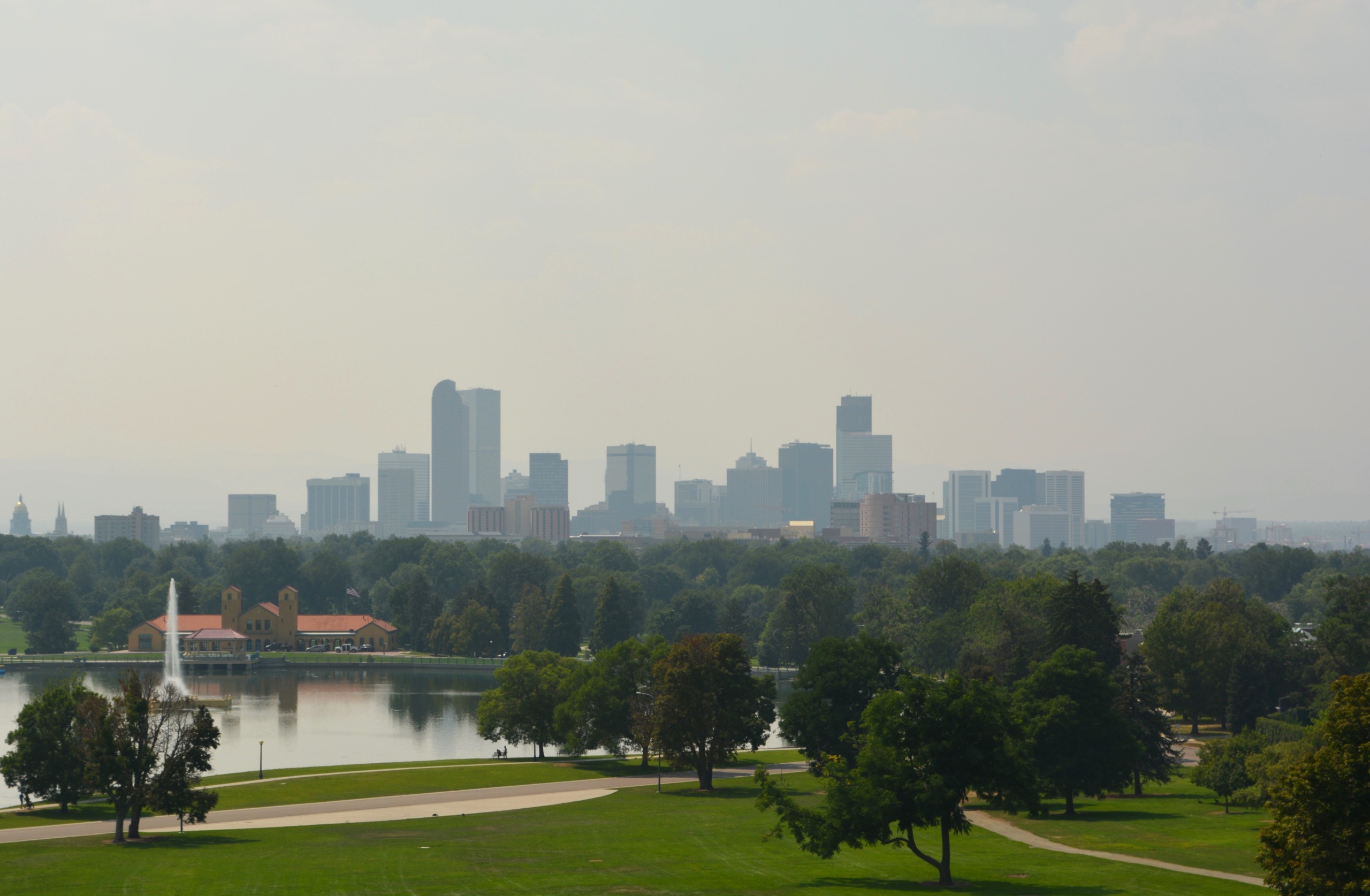
Dear Chair Bacon and members of the Legislative Interim Committee on Ozone Air Quality,
On behalf of CoPIRG (the Colorado Public Interest Research Group) and our thousands of members across the state, I would like to offer recommendations for your committee to explore that will help all of us better understand the ozone pollution problem that plagues our state and identify solutions that can make our air safer to breathe.
The Problem
As you know, ozone pollution threatens the health of many Coloradans. Rather than being emitted directly, ground-level ozone is formed when nitrogen oxides (NOx) and volatile organic compounds (VOCs) combine chemically in the presence of sunlight; these reactions occur more quickly at higher temperatures. NOx and VOCs come from a variety of sources in our state such as the oil & gas sector, tailpipe emissions from the cars and trucks we drive, industrial sources and gas-powered lawn and garden equipment.
While it’s true that some “background” ozone either occurs naturally or is “transported” (blown by wind) here from out of state, we produce tons of NOx and VOCs per day right here in Colorado.
The worst ozone typically happens from June through August – our “ozone season.” This is the time of year when we may get an ozone alert on our phones or see one online, warning us to reduce exercise or outdoor activity. That’s because breathing high levels of ozone can cause harmful health effects including lung damage, worsening of existing respiratory conditions such as asthma, and cardiovascular disease. A 2016 study even found that long-term exposure to elevated levels of ozone – such as those we experience in our region – is associated with decreased life expectancy.
In recent years, the Denver Metro/North Front Range (DM/NFR) region – roughly from Castle Rock up to Fort Collins and Greeley – has suffered from some of the highest ozone pollution in the country. According to the American Lung Association’s most recent State of the Air report, three counties in the region – Jefferson, Douglas and Arapahoe – rank among the top 20 most polluted counties in the nation for ozone levels. As for cities, the report revealed that Denver is now the sixth worst city in the nation for high ozone days, up from seventh last year; Fort Collins is 15th worst; and Colorado Springs – which of course lies just outside the DM/NFR region – has now joined the list of the 25 worst cities for ozone nationwide. These high ozone levels mean DM/NFR is failing to meet the national health-based air quality standards for ozone, and in 2022, the EPA reclassified the region from “serious” to “severe” nonattainment of these standards. This means we are in violation of the federal Clean Air Act.
Solutions
To protect our health, we need to get ozone concentrations in our air down from unsafe levels as quickly as possible – below the EPA’s latest standard of 70 parts per billion (ppb). Our best chance for doing this is to reduce the amount of NOx and VOCs entering our air. Because so many sources in our state contribute to the problem, we have lots of solutions at hand for addressing it. It’s important we implement solutions across multiple sectors so we can cut the ozone that’s harming our health as quickly as possible.
Here are some strategies for cutting NOx and VOCs:
The Oil & Gas Sector
Since NOx are produced from the combustion of fossil fuels, in order to cut NOx emissions from the oil & gas sector we need to address the engines used in the process as well as flaring, which is the burning off of unwanted gases.
A critical goal to meet on this front is laid out in Governor Polis’s March 2023 directive to state agencies to cut NOx emissions from the oil & gas sector in the DM/NFR region by 30% by 2025, and 50% by 2030. Meeting this ambitious goal will be extremely important and should result in a significant reduction of ozone pollution in our region.
The following recommendations were developed in consultation with local experts on oil & gas emissions and in many cases represent measures that local governments and fellow nonprofit advocates have been working on for years.
Strategies to reduce NOx include:
- Require operators to use grid-powered electric drill rigs whenever feasible. When electrification is absolutely not feasible, require operators to use engines meeting Tier 4 standards or fitted with other advanced emissions controls.
- Explore ways to increase the use of grid-powered hydraulic fracturing (“fracking”) engines, including working with utility companies to provide sufficient grid power to fracking sites as needed, mixing power sources where sufficient grid power can’t be achieved, and/or requiring slower fracking in order to lessen peak power demand for the process.
- Explore reducing the need for flaring by requiring alternatives to onsite storage tanks for new oil and gas facilities where feasible. This would have the added benefit of reducing heavy duty truck traffic to and from production sites and the associated emissions.
- Reduce the need for flaring by requiring existing storage tanks be retrofitted with vapor recovery units. This would capture VOCs, methane and other emissions and prevent the NOx produced when tank emissions are “controlled” via flaring.
- Reform the state’s process for permitting new minor sources of air pollution to ensure we’re not adding new net sources of air pollution at a time when we’re already in violation of national health-based air quality standards. Options include requiring air quality modeling and a plan for offsets before a new permit is approved and increasing opportunities for permit enforcement. This would also reduce net VOC emissions.
- Require a pause on oil & gas drilling and fracking during the peak ozone season, which would also reduce VOC and other emissions.
VOCs escape or are released into the air at many stages of the oil & gas extraction process. Strategies to reduce VOC emissions include:
- Strengthen requirements for the use of zero emission technology for pneumatic devices.
- Strengthen the rules for emissions controls during liquids unloading.
- Extend venting and blowdown rules to upstream/pre production activities.
- Require continuous, sensitive monitoring of oil & gas facilities including inactive and abandoned wells, and/or increase inspections in order to more quickly detect and stop episodic emissions from leaks and other problems.
- Explore ways to reduce VOC emissions from drilling mud.
- Strengthen requirements around closed loop flowback.
- Support efforts to increase regulatory agencies’ enforcement capability.
The Transportation Sector
Explore ways to increase transit ridership and reduce our reliance on car trips
- Significantly expand the dollars invested in transit in order to give Coloradans more choices and options for getting around.
- Shift dollars away from highway expansion projects that fail to reduce long-term traffic congestion but do increase air pollution.
- Build on the success of Bustang, the state’s intercity bus system, and the family of routes including Pegasus, Snowstang and Outrider. Continue to expand frequency and add new destinations.
- Continue to support ozone season free transit programs that increase ridership and reduce vehicle miles traveled.
- Support local government efforts to expand travel choices including incentivizing e-bikes and building out safe and comfortable sidewalks and bike lanes – all of which can help replace car trips. Encourage residents to apply for new e-bikes under the state rebate program and continue to expand and improve bike lanes to support more widespread e-bike adoption.
Support efforts to accelerate the electrification of the transportation sector
- In order for more Coloradans to take advantage of incentives to purchase electric vehicles, we need to continue to expand charging infrastructure across our state so people have confidence they’ll be able to charge where they live, work and play. Expand charging infrastructure at multi-family apartment buildings and ensure new multi-family and commercial buildings are built with charging capacity.
- Pass the Colorado Clean Cars rule in October 2023 to continue the requirements on dealerships and manufacturers to increase the number of electric vehicles in years 2027 and beyond. Passing the strongest rule possible, through 2035, will maximize benefits for air quality improvement as well as choice for consumers.
- Provide financial incentives for Coloradans to exchange especially high emitting gas or diesel vehicles for cleaner electric ones.Cut emissions from on-road diesel engines
- We can mitigate emissions from on-road diesel engines by expanding the existing diesel inspection and maintenance program to include testing of NOx and VOCs and/or adding an On Board Diagnostic assessment.
- Expand funding for the electric school bus grant program; increase technical assistance for grant writing to make it easier for smaller school districts to apply.
The Lawn & Garden Sector
Provide funding to accelerate the shift to electric lawn equipment
- Pound for pound, gas-powered lawn and garden equipment is highly polluting – even more so than the cars and trucks we drive. For example, operating a commercial gas-powered leaf blower for one hour can produce as much ozone-forming emissions as driving 1,100 miles. If we fully transition away from gas-powered lawn and garden equipment, the region can cut nearly 20% of the amount needed to meet EPA standards for ozone.
- SB23-016 established a tax credit to retailers to provide a 30% discount on electric lawn equipment to consumers starting in 2024. But we can do more: We can provide funding to programs like the Regional Air Quality Council’s (RAQC’s) Mow Down Pollution program to help individuals, governments, and small businesses make the shift to cleaner, quieter electric lawn equipment.
- Legislators can support efforts this fall at the Air Quality Control Commission (AQCC) to pass policies recommended by the RAQC to reduce the impact from the dirtiest gas-powered lawn equipment.
Non-road Engines
- Explore ways to reduce emissions from non-road sources and heavy duty equipment such as in the construction, rail, and agricultural sectors.
- Strengthen standards for heavy-duty off-road engines.
General
Explore establishing a Colorado Air Quality Fund
- We can create a dedicated fund, similar to that in Texas, to develop and implement projects that will benefit air quality statewide through the implementation of fees.
Support regional and state agencies
- Regional and state air quality agencies such as the RAQC and AQCC hold public processes and rulemakings throughout the year to establish policies to clean up our air. State legislative leaders can help ensure these agencies have the technical support and staffing they need.
We appreciate your consideration of these critical issues and the array of solutions at hand. We welcome the opportunity to continue the conversation and support your work in advancing policies that will cut harmful ozone pollution and protect the health and quality of life for residents across our state.
Sincerely,
Kirsten Schatz
Clean Air Advocate, CoPIRG
Topics
Authors
Kirsten Schatz
Clean Air Advocate, CoPIRG
Kirsten joined CoPIRG's staff in 2022 and is focused on fighting for clean air for Coloradans and transforming transportation systems. Previously, she oversaw The Public Interest Network's efforts to engage alumni/former employees and volunteers in the network's work, specializing in communications and organizing events in dozens of cities. Kirsten lives in the Denver area with her husband and two children, where she is an avid hiker, biker, church choir member and gardener.
Find Out More
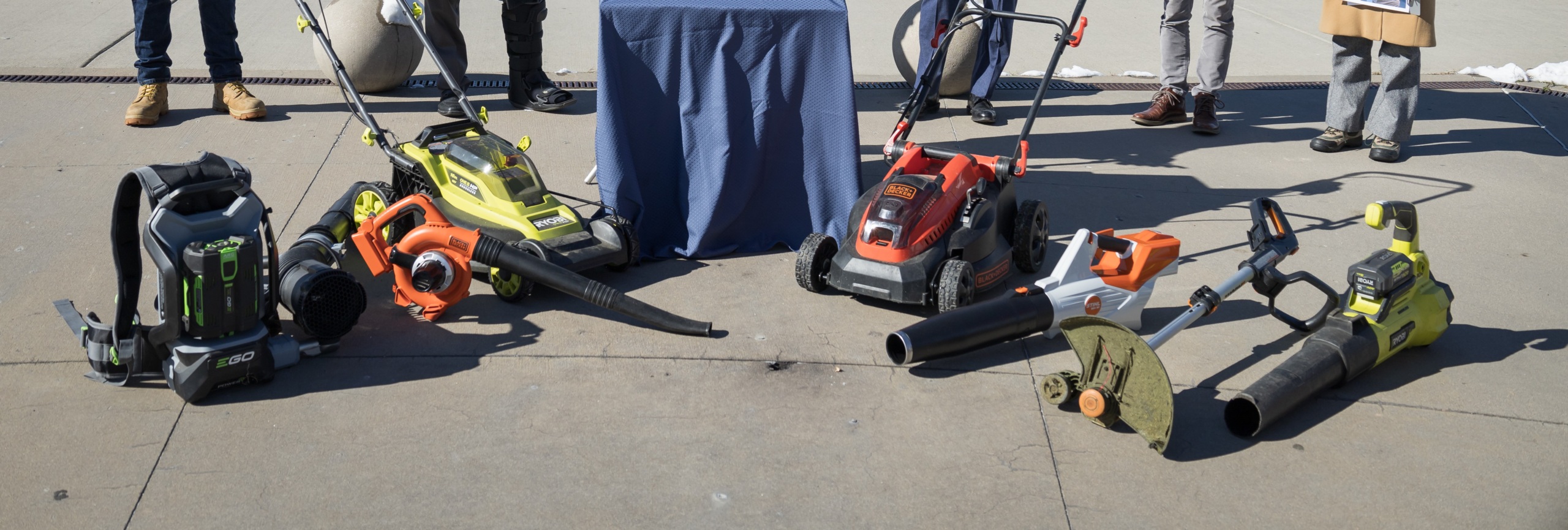
How to unlock savings with Colorado’s new electric lawn mower tax credit
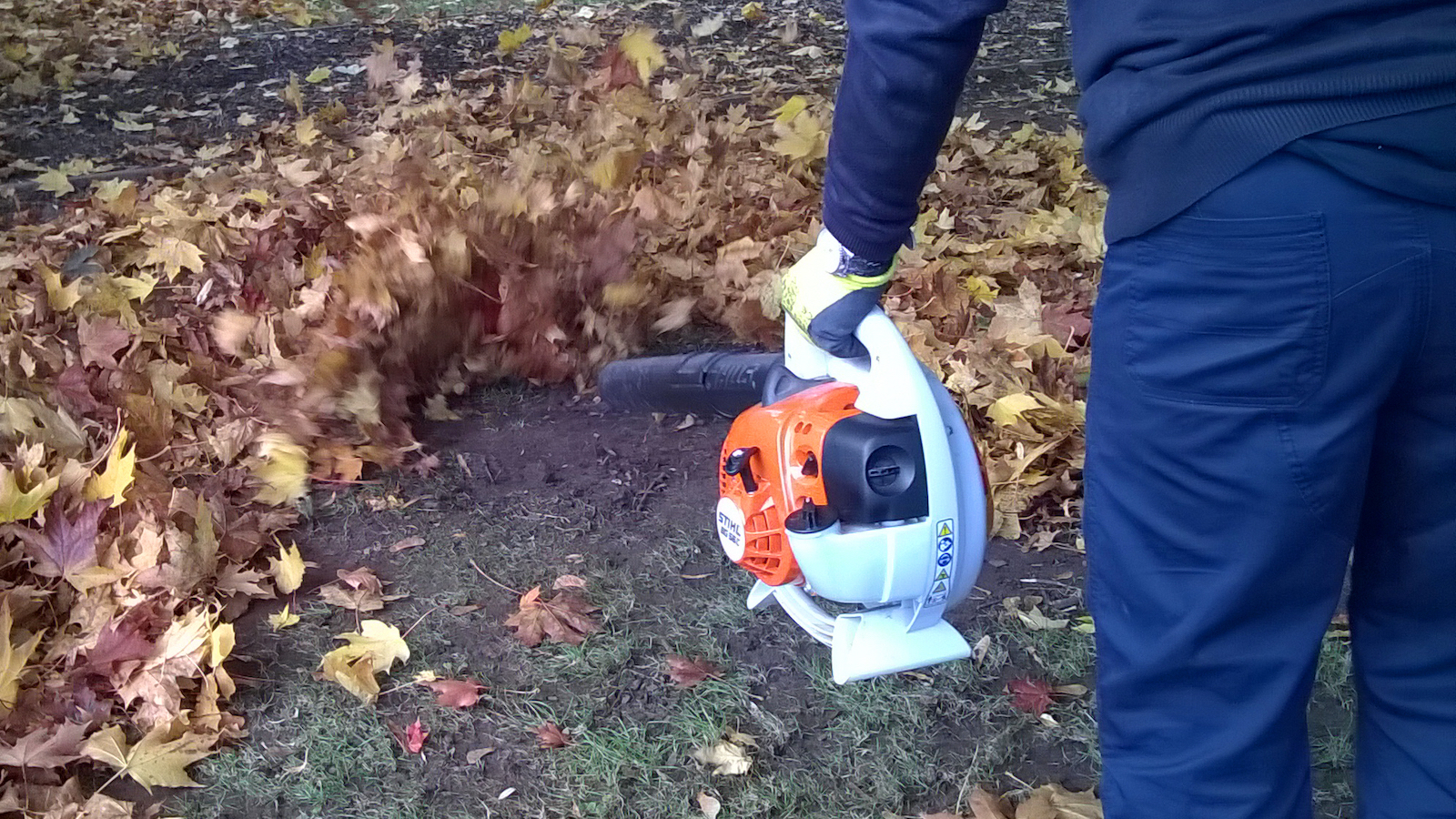
Public comment to Air Quality Control Commission on pollution from lawn equipment
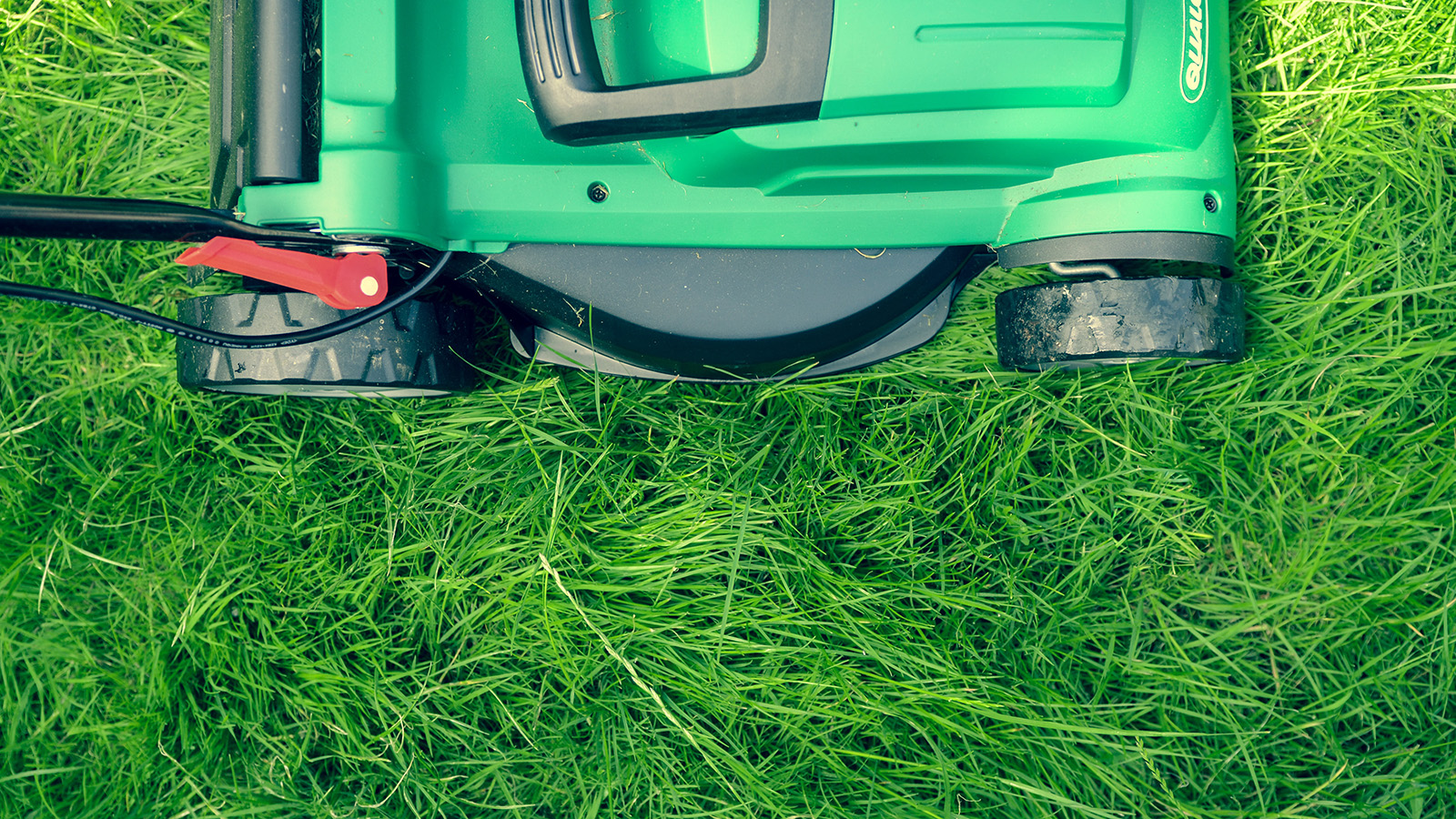
Lawn care goes electric
